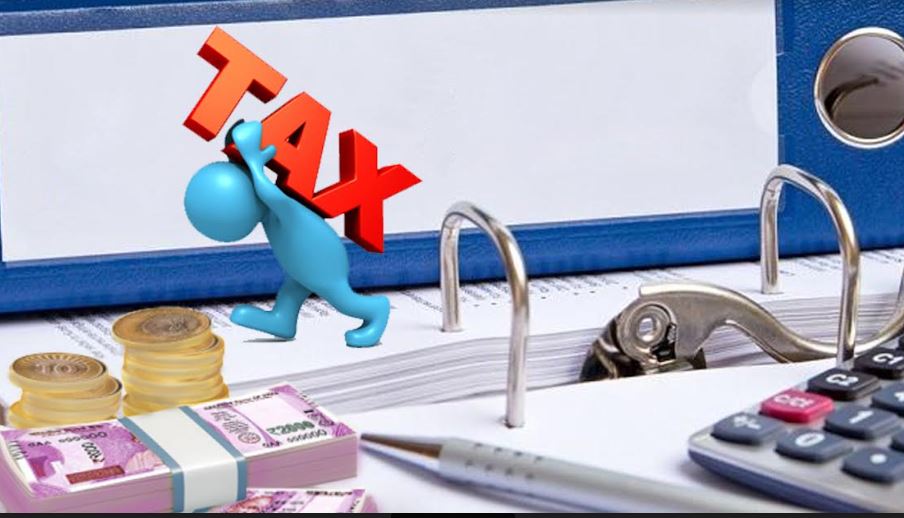The GST Council Returned GoM Report for Re-Examination
 In a welcome move, the Goods and Services Tax Council (GST Council) returned for re-examination the report by the Group of Ministers (GoM) which had been tasked to recommend an update to the GST applicability and valuation rules concerning services provided by online gaming, casino and horse racing operators.
In a welcome move, the Goods and Services Tax Council (GST Council) returned for re-examination the report by the Group of Ministers (GoM) which had been tasked to recommend an update to the GST applicability and valuation rules concerning services provided by online gaming, casino and horse racing operators.
Thus, the 47th meeting of the GST Council which was held over two days in Chandigarh on June 28 and 29 did not come up with a conclusive decision on what principles and rate slab to recommend for GST levy of the sector.
The eight-member GoM presided by the Chief Minister of Meghalaya Conrad K. Sangma was directed to reconsider its report and submit a new one by July 15 which will be examined at the next meeting of the GST Council in the first week of August in Madurai.
The GoM was set up in May 2021 and was initially given a six-month time frame to prepare its report, which was finally submitted in May 2022. The report was returned for re-examination on the basis of representations by Goa Transport and Industries Minister and member of the GST Council Mauvin Godinho.
The Proposal That Did Not Go Through
The rejected proposal by Conrad Sangma’s GoM recommended a levy of 28 percent GST over the full Gross Gaming Value (GGV), consisting of the whole transaction or face value of tickets, be it contest entry fee, casino entry fee, initial purchase of chips in a casino, or the full value of bets placed at sports and cricket satta bazar platforms or totalizators.
A joint statement by the three major Indian gaming industry bodies - the All India Gaming Federation (AIGF), the E-Gaming Federation (EGF), and the Federation of Indian Fantasy Sports (FIFS), which together represent more than 90 percent of the country’s online gaming market, described the GoM’s proposal as “catastrophic” and a “conflict with international best practices but also violative of the principles of GST.”
A GST regime charging 28 percent indirect tax over the full GGV, instead of the Gross Gaming Revenue (GGR), i.e. the margin or trade commission kept by operators, will force businesses to pass the hiked tax burden to players by greatly reducing the prize pools offered to winners.
Such a development would drive users away from legitimate online gaming, casino, sports betting and cricket predictions platforms which strive to obey the law, and redirect traffic to shady, unregulated and fraudulent sites and the offline black market.
As a result, tax revenues will collapse instead of increasing, and the situation with the control over gambling in India will get even worse.
Taxing the Full Face Value of Bets has Always Proved a Failure
Global practice and Indian tax history do not abound in examples of attempts to levy high tax rates over the full face value of bets as this is an inconsiderate move, and the rare occasions where such a regime was in fact attempted have always brought negative consequences.
Nevertheless, India has one such example of its own from the not so distant past. Prior to the introduction of GST in 2017, the three biggest horse racing clubs in the country - in Bangalore, Hyderabad, and Calcutta, collectively registered a turnover of ₹3,482 crore and contributed taxes to the amount of ₹389 crore in the Fiscal Year of 2016-2017.
During the next Fiscal Year, following the introduction of 28 percent GST over the full face value of bets on horse races, the combined turnover of the three turf clubs dropped to ₹1,193 crore and the overall taxes paid to the exchequer shrank to ₹134 crore. Thus, instead of raising tax revenues, the GST regime move resulted in a spike of black market activities.
Another example of a high tax rate levied on GGV can be found on the international scene with the Kenyan government imposing a 20 percent excise betting tax on the full value of every stake in 2019.
Following the new taxation rules, international betting operators Sportpesa and Betin left Kenya despite having previously made large investments in the country. The finance committee of the Kenyan parliament observed that the overtaxation had led to a decline in taxation revenues and eventually the excise was rolled back to 7.5 percent.










